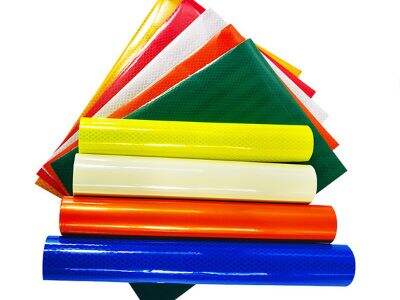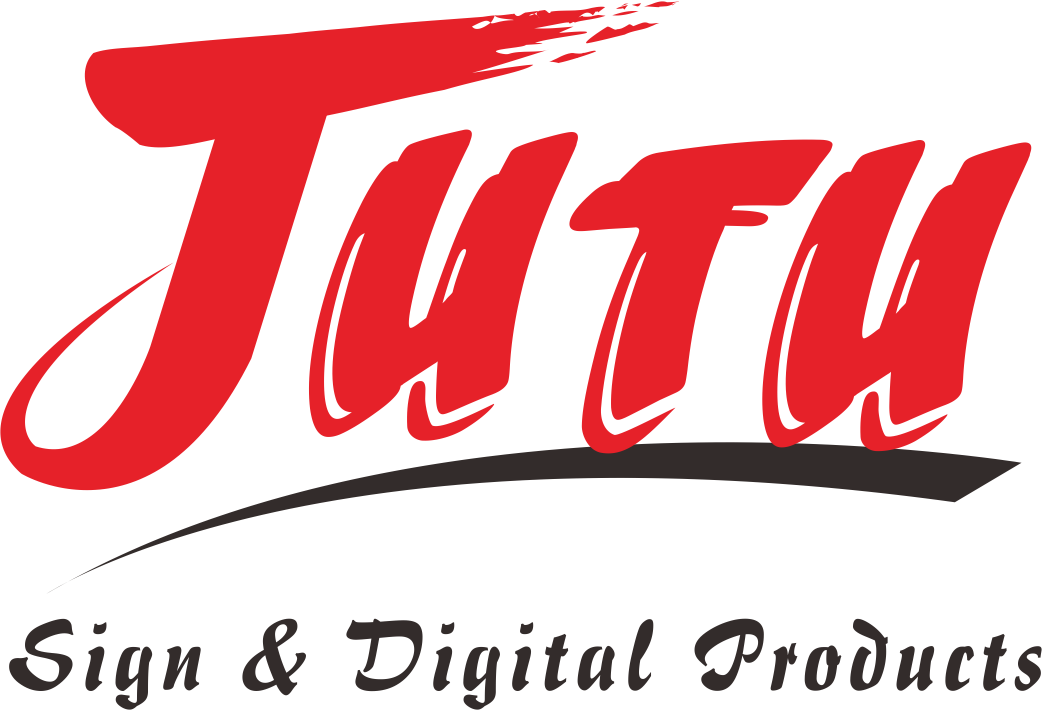If you’re outdoors at night or in a location where visibility is poor, reflective sheeting will help keep you safe and easy to be seen. But what exactly is reflective sheeting, and how does it work? Let’s take a closer look at this piece of safety equipment.
What is Reflective Sheeting?
Reflective sheeting is a unique material that bounces light back the way it came. This is what makes easier for people to see at night. You can see it on signs about traffic, bikes and even articles of clothing to help people be seen and safe.
Why Does Reflective Sheeting Let Us See In The Dark?
Reflective sheeting lends a hand by bouncing light back. When a car’s headlights beam on a sign or a stocking with reflective sheeting, the light reflects back toward the driver. This makes the sign or individual more visible at night. This helps drivers see signs, people walking or cyclists earlier, and could help prevent accidents.
The Reflective Sheeting Science
Reflective sheeting operates on a simple physics concept known as retroreflection. This way, light reflects back to its source instead of disseminating in all different directions. The reflective sheeting for traffic signs consists of small glass beads or microprisms, which aid in reflecting the light back, at night for example, making things visible.
Types of Reflective Sheeting and Their Applications
Types of Reflective Sheeting Reflective sheeting comes in several different types, each of which serves a different purpose. Here are a few common ones:
Engineer Grade Reflective Sheeting This is used commonly on traffic signs and cones It makes them easier for drivers to see. The material is sturdy and it can withstand rough weather.
High intensity reflective sheeting: This grade reflects even more light than engineering grade sheeting. It is applied on emergency vehicles and road-side barriers, aiming to be visible.
Reflective sheeting fluorescent: This variant reflects and glows. It is found on safety vests and clothes for workers who have to stand out when the light is low.
Employ Reflective Sheeting for Protection
To get the most out of reflective sheeting, it’s important to use it properly and maintain it properly. Here are a few tips:
Clean a reflective sheet often so that it’s free of dirt so that it still works.
Place the reflective sheeting where drivers, cyclists and walkers will see it.
Replace broken or faded reflective sheeting to maintain its visibility and safety.
In summary, high intensity prismatic reflective sheeting is one of your most valuable assets when the sun goes down. Because when we understand how it works, and we use it well, all makes for a safer experience when walking and biking and driving. Remember, always keep an eye out for that shiny JUTU logo to know you’re covered with a quality reflective sheeting.

 ONLINE
ONLINE
